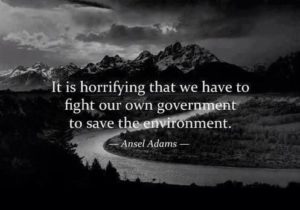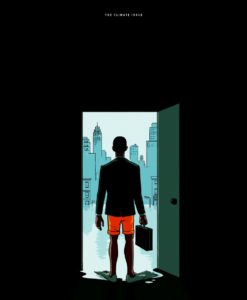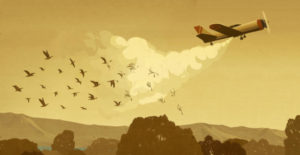AXIOS
The Ultimate Megatrend
N.Y. Times Magazine’s forthcoming Climate Issue
Our Climate Future Is Actually Our Climate Present:
How do we live with the fact that the world we knew is going and, in some cases, already gone?” by Jon Mooallem:
The future we’ve been warned about is beginning to saturate the present. We tend to imagine climate change as a destroyer. But it also traffics in disruption, disarray: increasingly frequent and more powerful storms and droughts; heightened flooding; expanded ranges of pests turning forests into fuel for wildfires; stretches of inhospitable heat. So many facets of our existence — agriculture, transportation, cities and the architecture they spawned — were designed to suit specific environments. Now they are being slowly transplanted into different, more volatile ones, without ever actually moving.
And in case that wasn’t enough, from the same issue
Why the Menace of Mosquitoes Will Only Get Worse:
Climate change is altering the environment in ways that increase the potential for viruses like Zika,” by Maryn McKenna:
The unpredictable weather patterns stimulated by climate change affect infectious diseases, as well as chronic ones. Warmer weather encourages food-borne organisms like salmonella to multiply more rapidly, and warmer seas foster the growth of bacteria like Vibrio that make oysters unsafe to eat. Spikes in heat and humidity have less visible effects, too, changing the numbers and distribution of the insect intermediaries that carry diseases to people.
The day for Earth.
Mark Nepo:
Like leafless trees waiting for morning, something as great and as constant as the Earth holds us up and turns us ever so slowly toward the light. Our task is only to be rooted and patient.
Mysterious as it is – no matter our pain or excitement, our drama or circumstance – – all that we could hope for is here. We lack nothing.
~




